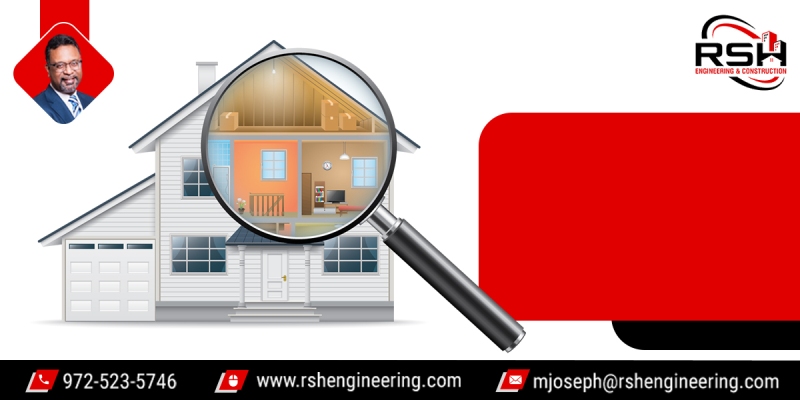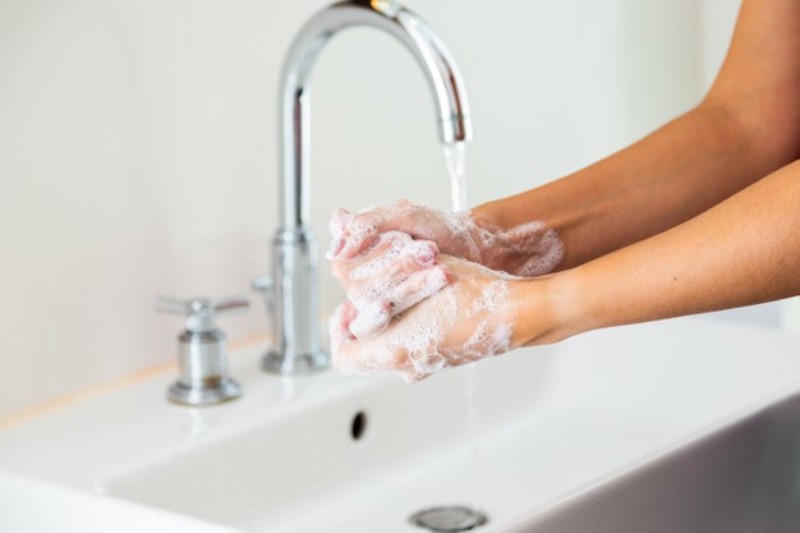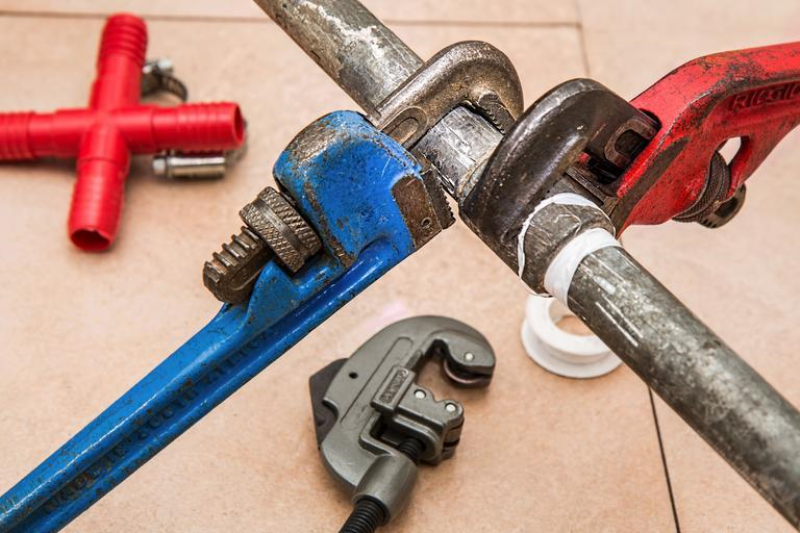Are you looking to install new roof windows or skylights? If so, you may be wondering which material to choose. Polycarbonate and glass are two popular options on the market today, each with its own set of pros and cons. So it's important to weigh them carefully before making a decision. In this blog, we'll explore some of the benefits and drawbacks of polycarbonate and glass to help you determine which one is the best choice for your home or business. Whether you're looking for durability, energy efficiency, or simply a beautiful aesthetic, we'll break down the key factors to consider when making this important decision.
Applications of polycarbonate and glass
Before we dive into the comparisons between polycarbonate and glass, it can be helpful to look into their current applications since both materials are being used in various sectors, including construction, automotive, and consumer products.
Glass has been a staple choice, especially in construction, for centuries. It's used to make windows, doors, and skylights, as well as automotive windscreens and mirrors. In consumer products, glass is used in everything from eyeglasses to smartphone screens.
Polycarbonate, on the other hand, is an alternative to glass and is commonly used in most construction projects. It is also a popular choice in the automotive industry for everything from headlights and tail lights to instrument panels due to its lightweight and shatter-proof properties. Its strength and durability also make it a great option for places like schools, hospitals, and sports facilities that need impact-resistant doors and windows.
Polycarbonate vs Glass
There are many things to take into account when choosing between these two materials, but some of the most important ones are listed below:
Durability
As previously mentioned, polycarbonate is well-known for its durability and impact resistance. It is more resilient and can withstand severe weather conditions like hail and hurricanes without cracking or breaking. It is also less likely to break than glass, making it a safer choice for places with heavy foot traffic or where children are present.
Glass, on the other hand, can be brittle and prone to breaking or cracking upon impact, though this will depend on its composition, as modern glass materials are designed with durability in mind. Tempered glass, for example, is heat-treated to make it stronger, whereas laminated glass is made with a layer of plastic between two sheets of glass, making it less likely to shatter and increasing its strength and durability.
Safety
In most cases, polycarbonate is far safer than glass in the event of an impact because it will crack but remain intact, whereas glass will shatter into pieces, posing a health and safety risk. This is why polycarbonate is often used in commercial and public buildings, such as schools, hospitals, and businesses.
Cost
While polycarbonate is a safer material than glass, it is generally more expensive. However, the cost will vary depending on the thickness and size of the material. Also, polycarbonate is typically a cost-effective option in the long run because it will require less upkeep and replacement thanks to its durability and impact-resistant properties.
Glass, on the other hand, is generally less expensive than polycarbonate, though this will depend on the type—tempered or laminated glass tends to be more expensive or on par with polycarbonate.
Insulation
Polycarbonate has better thermal insulation properties than standard glass, which means it retains heat more effectively, resulting in better home insulation. This can result in saving money on your energy bills while maintaining a comfortable temperature. While untreated glass has a low insulation value, modern glass materials, such as double- or triple-glazed glass, can provide better insulation, even better than polycarbonate in some cases, by trapping air between glass panes.
Factors to consider when choosing between polycarbonate and glass
- Aesthetics: Glass is often a better option for most homeowners looking for a traditional or classic look, while polycarbonate may be better suited for modern or industrial-style homes.
- UV protection: Polycarbonate provides better UV protection than glass, making it a popular choice for greenhouses, roof windows, and areas with lots of sunlight.
- Noise reduction: Laminated glass can be more effective than polycarbonate at reducing outside noise, especially if you live in a noisy neighbourhood or an area with high traffic.
- Glass requires more upkeep than polycarbonate because it is more prone to dirt and stains. However, polycarbonate can become scratched over time and may require polishing to maintain its clarity.
Which is the best choice for you?
The answer depends on many factors, including your budget, aesthetic preferences, and functional needs. If you’re looking for durability and safety, polycarbonate may be the better option, especially for flat roof windows. However, if you're looking for a cheaper, more traditional look or even better insulation, glass may be the way to go. Ultimately, it's important to carefully weigh the pros and cons of each material and choose the one that best fits your needs and lifestyle, as both polycarbonate and glass can provide a beautiful and functional addition to your home or business.









